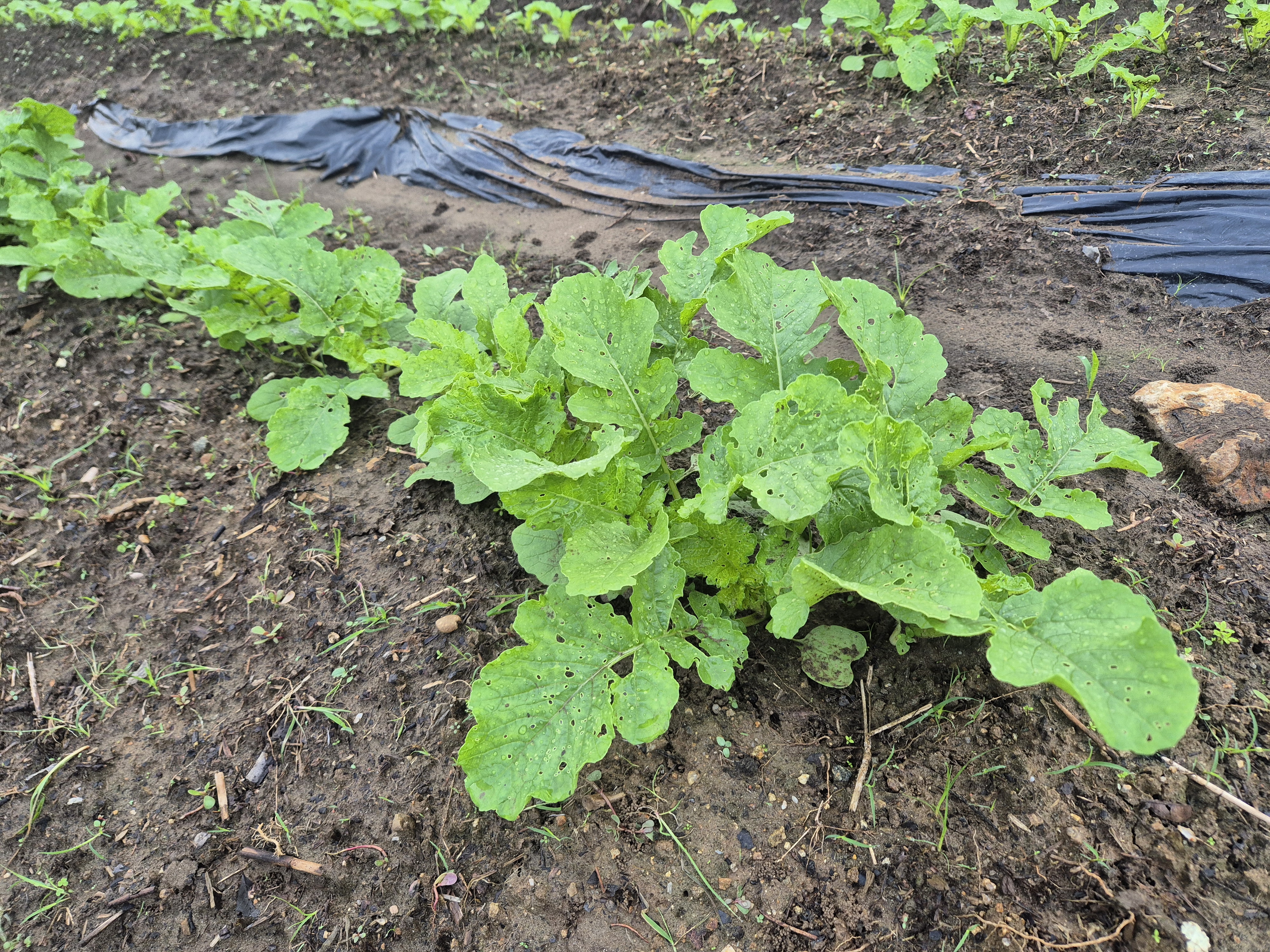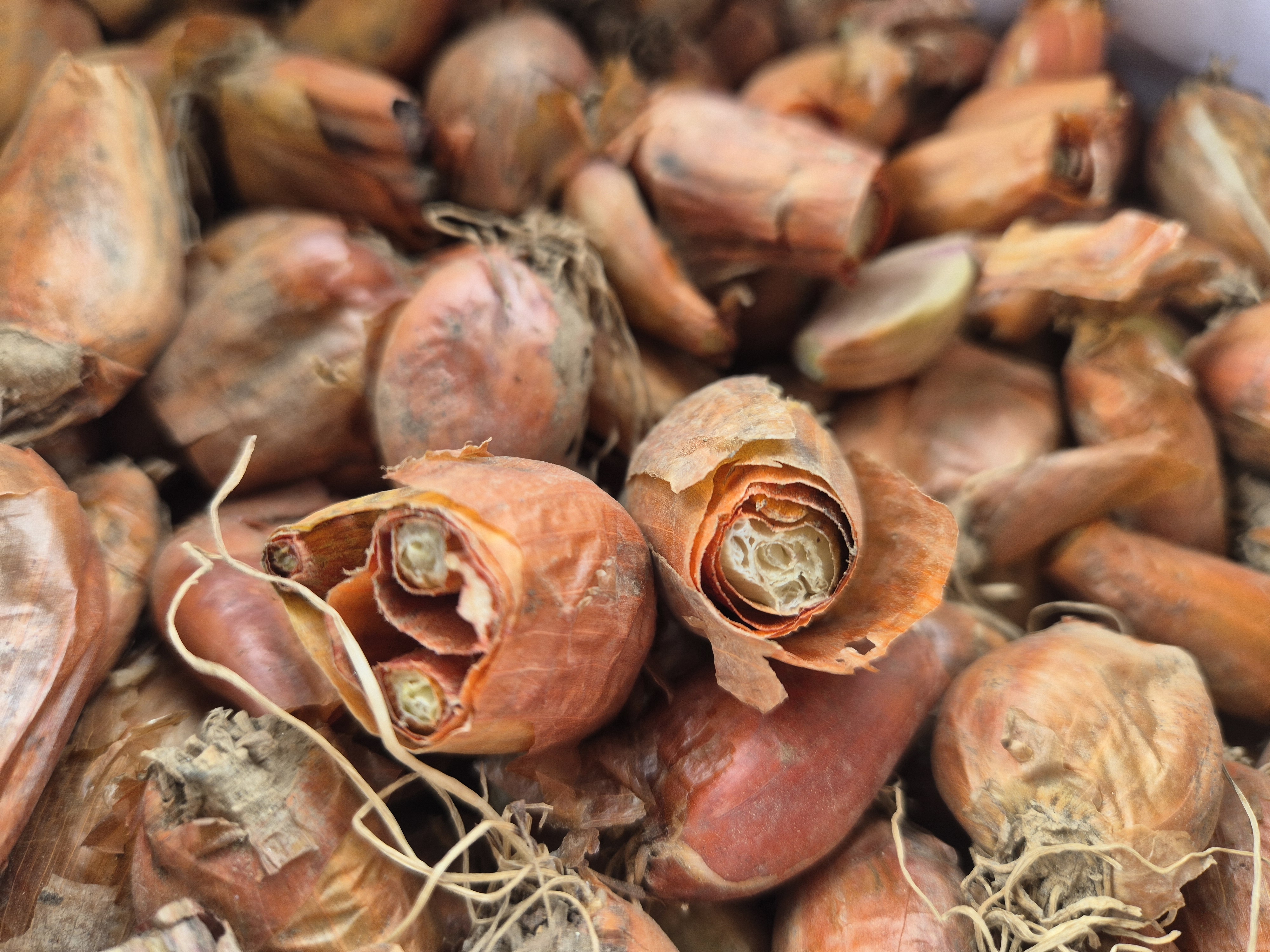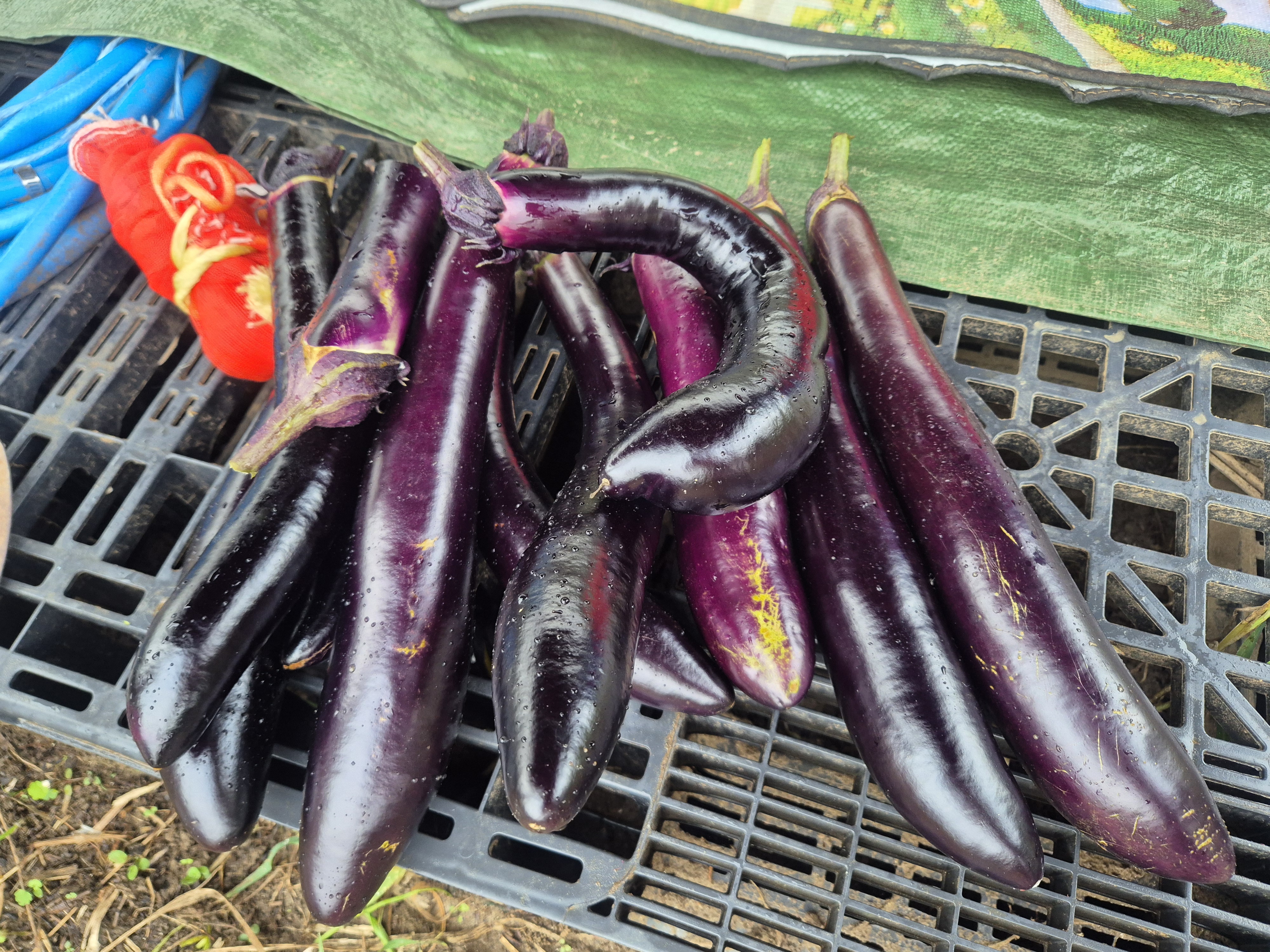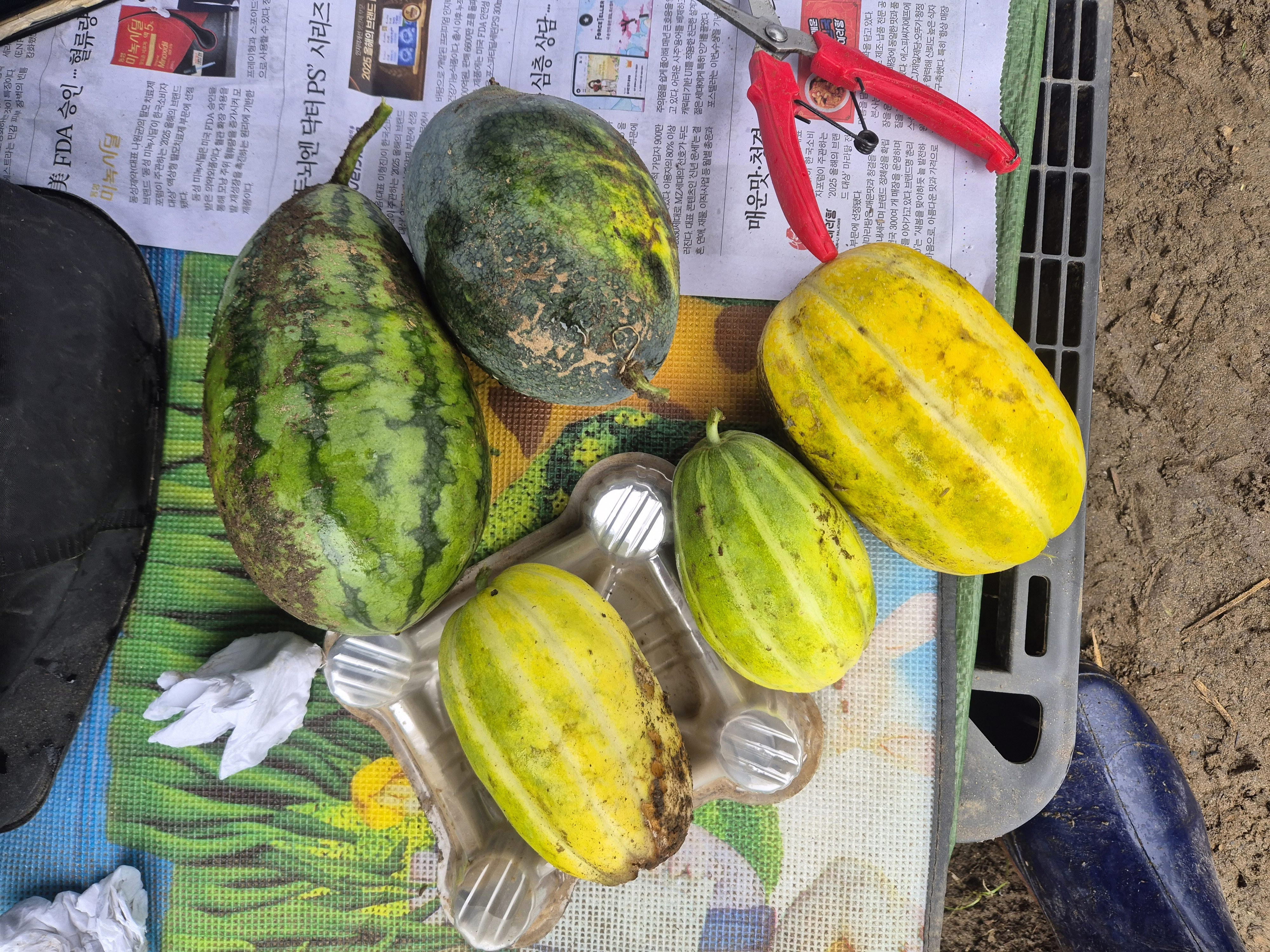| 일 | 월 | 화 | 수 | 목 | 금 | 토 |
|---|---|---|---|---|---|---|
| 1 | 2 | 3 | 4 | |||
| 5 | 6 | 7 | 8 | 9 | 10 | 11 |
| 12 | 13 | 14 | 15 | 16 | 17 | 18 |
| 19 | 20 | 21 | 22 | 23 | 24 | 25 |
| 26 | 27 | 28 | 29 | 30 | 31 |
- CambodiaTravel
- korean side dish
- shihtzulife
- and grub worms destroyed her crop — yet she found hope and lessons for next year.
- HealthyRecipes
- AuthenticKoreanFood
- KoreanGrandmaCooking
- Charye
- KoreanSideDish
- ancestral prayer
- Korean Thanksgiving
- final Charye
- perilla oil vegetables
- over-fertilization
- family story
- ancestral rites
- Seoul Catholic Church
- ending tradition
- how to cook bracken
- gosari
- AsianVegetables
- korean food culture
- Shih Tzu
- A heartfelt story from a 70-year-old Korean farmer grandma about her failed sweet-potato harvest. Heavy rain
- ShihTzuCare
- namul
- bracken safety
- healthy korean recipes
- KoreanFood
- Korean home cooking
- Today
- Total
Korean Grandma’s Cozy Life
🌱 A Korean Grandmother’s Garden Notes – Radish, Cabbage & Scallions for Winter Kimchi 본문
🌱 A Korean Grandmother’s Garden Notes – Radish, Cabbage & Scallions for Winter Kimchi
KoreanHalmeoni 2025. 9. 7. 21:50Ever wondered how Koreans get ready for kimchi season? Join me in my small countryside garden as I plant radish, cabbage, and scallions—the trio that makes Korean kimchi—and share a glimpse of late-summer harvests.
When autumn slowly arrives in Korea, many people think of colorful leaves or cozy evenings.
But for us, fall is about something else entirely: preparing for kimjang, the season of making kimchi to last through the winter.
I may live in the city most of the time, but whenever I can spare a day, I head back to my little country plot. The soil here keeps me grounded, and every sprout reminds me of my childhood and the flavors we pass down to our children.
🥕 Planting Radish – The First Step
A few weeks ago, I sowed Korean radish (mu).
This year, I chose Cheongunmu, a variety that keeps firm for months in kimchi. Last year I tried another type that looked big and beautiful, but the radishes softened too quickly. That was disappointing, so I learned my lesson.
Now the young leaves are standing neatly in rows. When I kneel down and touch the soil, I can almost imagine their crisp crunch in the kimchi pot this winter.

🥬 Planting Napa Cabbage – Yesterday’s Work
Yesterday I came down again to plant napa cabbage seedlings.
In Korea, the right time is late August to early September so the cabbages mature just in time for kimjang in November.
I used a small hand tool to poke holes and drop the seedlings in. It saves my back, though the wide top sometimes bumps into nearby plants when I bend over. Still, it makes the rows look so neat, like little soldiers lined up in the soil.

🌱 Planting Scallions – Today’s Task
Today was for scallions. At the local market, I bought about 3 kilos of bulbs (around $20)—a heavy bag, but worth it.
Before planting, we Koreans have a quirky trick: snip about half an inch (1 cm) off the top of each bulb. It helps them sprout faster and more evenly.
Here’s how I planted them:
- Rows about 15 cm (6 inches) apart
- Bulbs spaced 5–7 cm (2–3 inches) apart
- Buried just 2–3 cm (about 1 inch) deep
It’s a simple rhythm: poke, drop, cover. I whispered a little prayer as I worked, hoping they’ll soon be ready to perfume my kimchi paste with their sharp, fresh flavor.

📋 Quick Guide – Planting the Kimchi Trio
🥕 Radish (Mu)
- Best time: Late August – Early September
- Spacing: 20–25 cm apart
- Depth: 1–2 cm deep
- Tip: Needs well-drained soil; thin seedlings to avoid crowding
🥬 Napa Cabbage
- Best time: Mid to Late August
- Spacing: 40 cm apart, rows 50–60 cm
- Depth: 3–4 cm deep
- Tip: Wide spacing keeps air flowing and reduces disease
🌱 Scallions
- Best time: Late August – Early September
- Spacing: 5–7 cm apart, rows 15 cm
- Depth: 2–3 cm deep
- Tip: Snip bulb tops before planting for quicker sprouting
👒 Farming Under the Korean Sun
The sun was strong today, so I wore my double umbrella hat.
It looks funny, and when I bend over it sometimes brushes the plants, but it casts shade over my head and shoulders. Compared to a normal hat, it feels like carrying a patch of cool cloud above me.

🍆 A Little Bonus Harvest
I didn’t come just for planting. I also picked a handful of late-summer produce:






They may not look perfect, but they carry the taste of this land and the joy of growing food with your own hands.
🧡 Kimchi Dreams for This Winter
Radish, cabbage, scallions—this holy trinity of kimchi is now in the soil.
Despite heavy summer rains that damaged parts of the garden, life is returning, and so is my hope.
Come November, when families across Korea gather for kimjang, these humble vegetables will turn into something greater than themselves: the soul of a Korean winter, shared at every meal, warming both body and heart.




